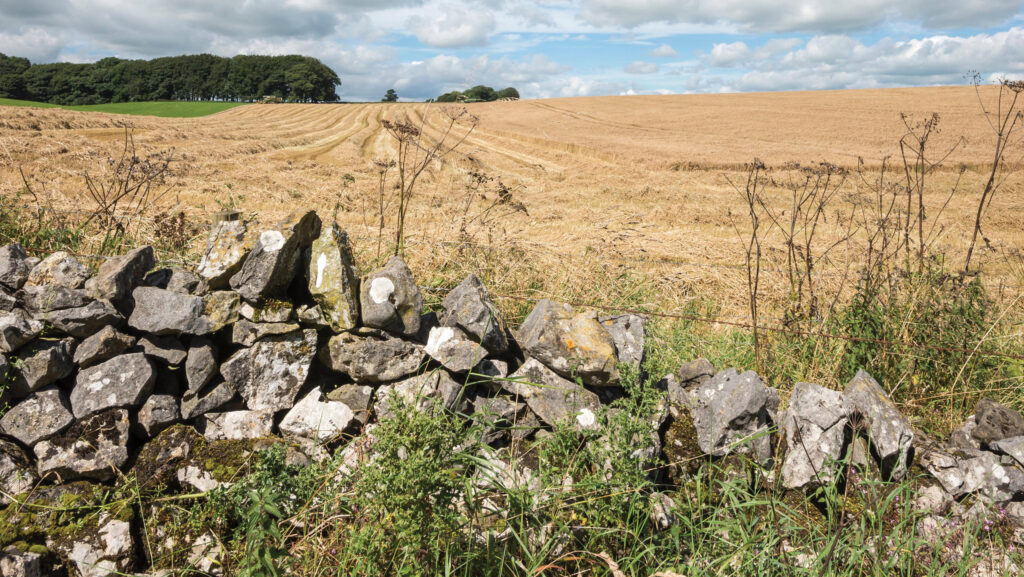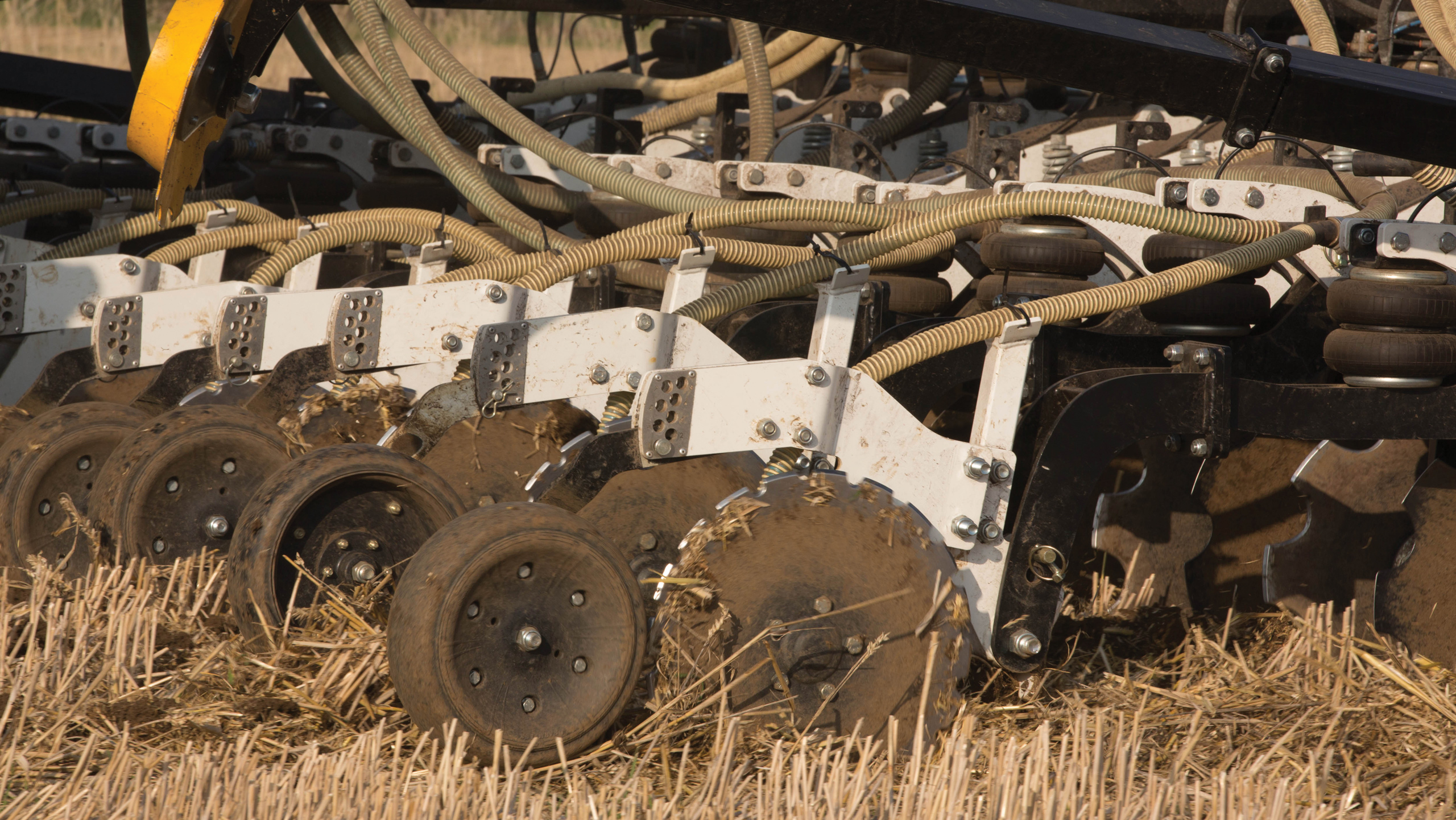Expanded SFI 2024 offer: What it means for arable farmers
 © Alamy Stock Photo/Andrew Kearton
© Alamy Stock Photo/Andrew Kearton The new expanded Sustainable Farming Incentive (SFI) for 2024 brings together the existing SFI 2023 offer, amended Mid-Tier Countryside Stewardship (CS) options and some new actions, moving it closer to the single streamlined scheme originally promised by Defra.
While most of these actions have a three-year duration and can be applied for without specialist advice, a few remain as five-year actions and there are some, for certain priority habitats or heritage features, that will require approval from Natural England or Historic England.
See also: Eliminating chemicals helps future-proof pig and arable farm
Only one of these “endorsed” actions – GRH6, to manage priority species-rich grassland at £646/ha – will be on offer from this summer. The remaining 15 will be introduced later in 2024. (See “What’s still to come”).
When does it start?
Although it kicks off this month, a controlled rollout means that applications for SFI 2024 won’t be fully open until 22 July. In the meantime, farmers willing to test the system can express interest and wait to be invited to apply by the Rural Payments Agency (RPA).
“Alternatively, they can still make an SFI 2023 application via the current online system,” says George Badger, partner at Ceres Rural.
While there are many similarities to the current offer, he notes that a significant development is that the expanded 2024 offer allows new entrants and previous non-claimants of the Basic Payment Scheme to apply.
How does it differ?
As it’s an amalgamation of three strands, there are now a total of 102 actions to choose from.
Of these, there are 23 that haven’t been seen before – many of which are predicted to be well received by the arable sector as they embrace the potential for stackable payments.
That’s a point made by Cameron Hughes, CLA’s land use policy adviser, who is pushing for the full SFI offer to be unveiled as soon as possible.
“Our sense is that while there are welcome new options for grassland farmers as well as the updated moorland offer, they are less appealing and with lower payment rates compared with the scheme’s potential for arable farms.”
Which actions are restricted?
There are 10 actions (up from six) that can only be done on a proportion of the farm, or up to 25% of the land in total, as they take land out of production. These include:
- CIPM2 Flower-rich grass margins, blocks or strips – £798/ha
- CAHL1 Pollen and nectar flower mix – £739/ha
- CAHL2 Winter bird food on arable and horticultural land – £853/ha
- CAHL3 Grassy field corners or blocks – £590/ha
- CIGL1 Take improved grassland field corners or blocks out of management – £333/ha
- CIGL2 Winter bird food on improved grassland – £515/ha
- WBD3 In-field grass strips – £765/ha
- AHW1 Bumblebird mix – £747/ha
- AHW9 Unharvested cereal headland – £1072/ha
- AHW11 Cultivated areas for arable plants – £660/ha
In addition, the following four actions are being kept under review by Defra, which is considering whether they should also be included in the 25% limited area:
- AHW3 Beetle banks – £764/ha
- AHW5 Nesting plots for lapwing – £765/ha
- AHW12 Manage woodland edges on arable land – £428/ha
- SCR1 Create scrub and open habitat mosaics – £588/ha

© Tim Scrivener
What’s new for cropping?
Of a number of new actions now included in the scheme, there are some that are expected to have particular appeal to arable farmers:
- PRF1 Variable rate nutrients – £27/ha for matching the nutrient needs of crops – applicable to all nutrients being applied, including organic manures.
- SOH1 No-till farming – £73/ha. This is non-rotational and doesn’t allow any shallow or conventional cultivations, but permits the use of a stubble rake or straw harrow with rear-facing tines. In addition, low disturbance subsoiling can be done where justified.
- SOH3 Summer cover crop – £163/ha. Must be sown June to August and can’t be harvested or grazed. Destruction must take place less than two weeks before sowing the cash crop.
- AGF2 Maintain low density agroforestry – £385/ha. Covers schemes based on 51-130 trees/ha planted in rows or a grid. It can be used with other SFI options.
- WBD1 Management of ditches – £4/100m. Cutting of vegetation restricted to 50% a year and cleaning out of ditches no more than one year in three.
- BND1 Maintain dry stone walls – £27/100m for both sides. The main requirement is to keep them in good repair
Which actions have been changed?
Some of the existing SFI 2023 actions have been tweaked in the new offer and now have subtle differences. In particular:
- CNUM3 Legume fallow – £593/ha. This option is now static and must stay in the same place for the three years. George advises that growers looking for a spring sowing and removal in the same year, should consider new actions SOH2 or SOH3 – spring and summer cover crops.
- CSAM3 Herbal ley – £382/ha. Similarly, this is now static and the aims of the action now include producing flowering plants from late spring and during the summer months, rather than just providing a varied root structure.
What’s still to come
More of the “endorsed” Sustainable Farming Incentive (SFI) actions, which require prior approval, will be introduced later this year and guidance on the process involved is still to be published.
A good example of one of these is the 10-year action to connect river and floodplain habitats, which has a payment of £1,242/ha, highlights George Badger, partner at Ceres Rural.
For those in an existing Higher Level Stewardship (HLS) or Countryside Stewardship (CS) Mid-Tier agreement, there will be a mechanism from September 2024 to transfer into an SFI or CS Higher Tier, in order to simplify administration.
“Agreement holders will have a choice,” explains Cameron Hughes, CLA’s land use policy adviser. “They can transfer at the end of the year or mid-year, but won’t receive a pro-rata payment for the terminated agreement if it’s mid-year.”
Those on CS Higher Tier schemes won’t be permitted to switch in most circumstances, he adds.
“The CS Higher Tier scheme is set to continue and it appears as though applicants will have to engage with Natural England and the Forestry Commission over the summer, then apply over the winter so that new agreements can start in early 2025.”
In addition, those wishing to apply on common land should contact the Rural Payments Agency directly for bespoke assistance.
Defra has also committed to introducing an educational access action later this year, for farmers providing educational tours.
Final verdict
Although there are lots of new codes to familiarise yourselves with, this is a significant step in the right direction, bringing schemes into one place. It has come in time to plan for the new cropping year.
However, many farmers are already signed up to existing agreements and will now have to make decisions about whether and how to incorporate this updated offer. For most, multiple schemes seem inevitable.

